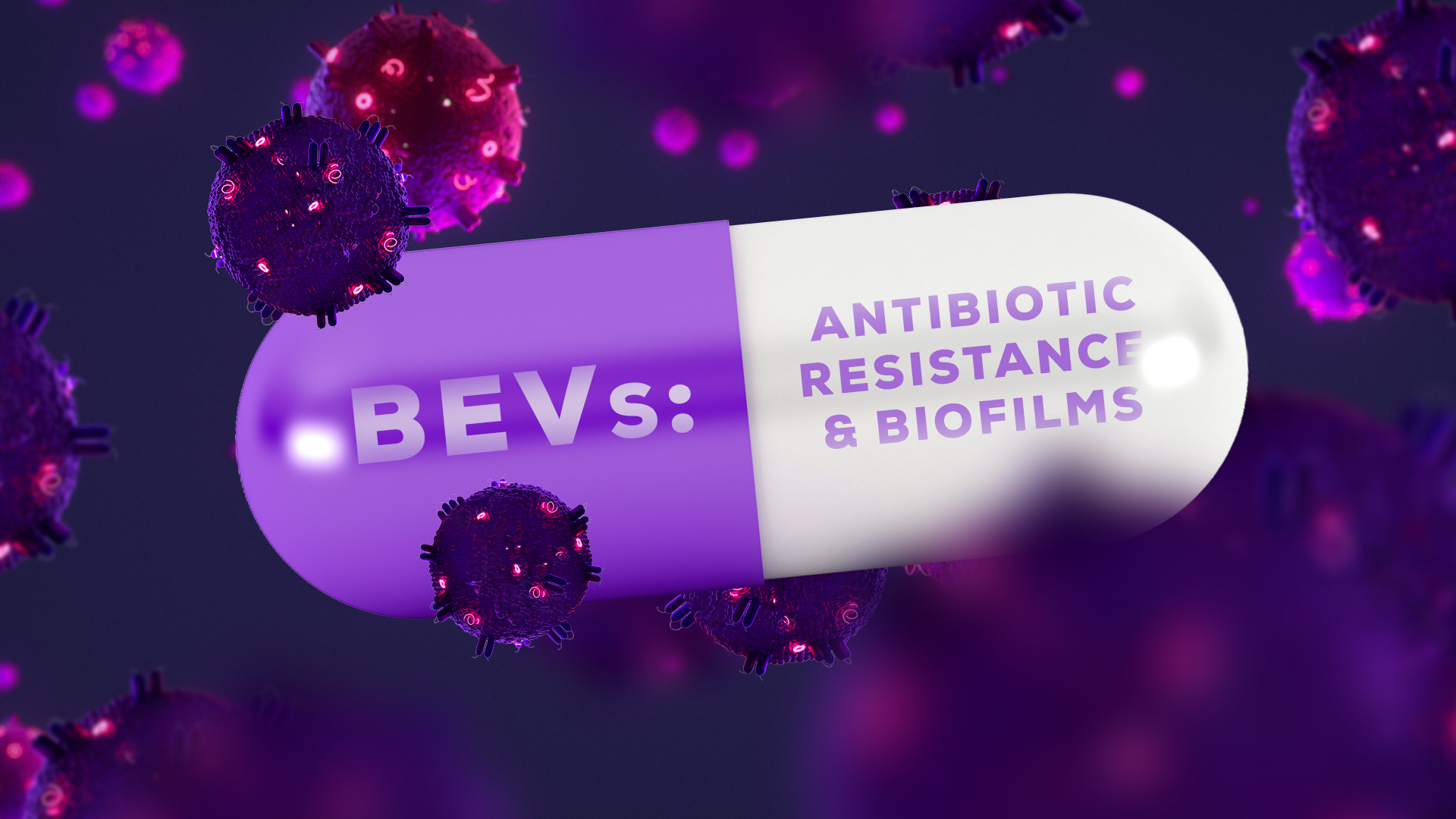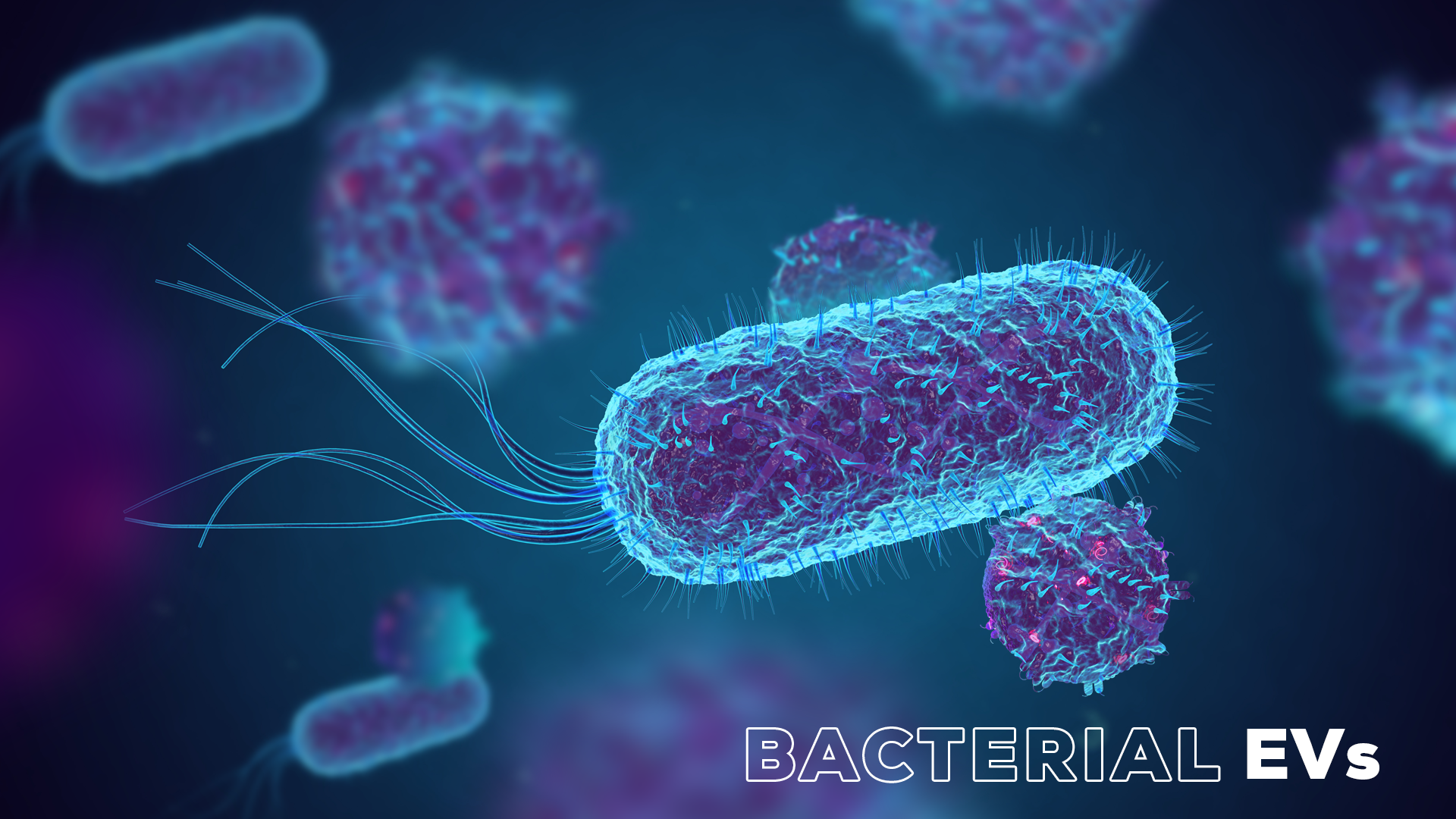As part of our exploration of hepatitis-related studies of extracellular vesicles (EVs) on World Hepatitis Day 2021 we connected with the first author of one of the featured studies: Stephanie Jung, Assistant Professor from the University Hospital of Bonn, Germany. Jung developed an interest in the field of EVs through her studies of how the innate immune response is activated upon viral infection. Prior to joining the University Hospital of Bonn in October 2020, she was a postdoctoral researcher in Munich under the Helmholtz postdoctoral programme, where she studied the viruses Hepatitis B and D. There, Jung was the first author on a paper published in the Journal of Extracellular Vesicles, titled: “Efficient and reproducible depletion of hepatitis B virus from plasma derived extracellular vesicles” which describes a qEV-enabled protocol for separating EVs from hepatitis B.1 After chatting with Jung about the study and her wider work, we share EV-relevant insights into hepatitis B and D research and explore why separating EVs and virions is important for unravelling mechanisms of innate immunity.

Electron microscope image of the hepatitis B virus (HBV). Image credit: Sanofi Pasteur, Flickr
EVs, innate immunity and hepatitis viruses: what’s the connection?
Hepatitis D (HDV) is a fascinating and perhaps lesser-known virus. It is a “satellite virus” because it relies on its helper virus, hepatitis B (HBV), for its productive release and propagation. Therefore, HDV infection only occurs in the presence of HBV. Interestingly, the extent to which the innate immune response is activated varies significantly between HBV monoinfection, and HBV-HDV co-infection (when a person simultaneously becomes infected with both HBV and HDV) or superinfection (when someone who is already chronically infected with HBV acquires HDV).2 “HBV leads to a really profound suppression of innate immunity,” explains Jung. “HBV is really well adapted to the human host, and most of the time it does not induce an interferon response.”3 HBV-HDV co-infection, however, is another story; it induces a strong innate response. What we don’t know, is how that innate response is activated when HBV and HDV co-exist, explains Jung: “The HBV proteins properly suppress the pathways of innate immunity. But, in the end, something gets out and we get immune activation. So, something has to escape.”
It was this knowledge gap that led Jung to the EV field. She began to wonder if immune activation takes place in the infected cell itself, or in a non-infected immune cell. “I wondered, if immune activation takes place in a non-infected immune cell, how does the signal get there? And then I thought that EVs could play a role in this since they contain RNA – they could be transporting the RNA from the virus-infected cell to the non-infected cell, and there it could be recognised. This sounded even more logical for HDV infection to me. As I said, HDV infection only occurs together with HBV coinfection. So I was wondering whether EVs could shuttle immune-activating components to non-infected cells (where there is no innate immune suppression by HBV) in HDV infection, thereby leading to immune activation. And this actually is what we also saw in our studies from the beginning of last year; we showed that HDV infection induces the release of EVs, which induce a proinflammatory cytokine responses in non-infected immune cells.”4
Why is it important to separate viruses from EVs?
When studying the interplay of EVs and viruses, it’s important that these components can be separated from each other. Without doing this, there is a risk that certain functions may be misattributed to EVs. “If you can really separate EVs and viruses, you can really say, okay, there's a viral genome included in the EV, and it could lead to viral spread, for instance. And you could show that these really important functions for sure, influence the course of the disease.”
Jung explains that there are EV release inhibitors available which can block the release of an EV from a cell: “But personally, I’m a bit careful about these since they affect a fundamental cellular function – so they could also affect the release of the virus. For this reason, I would prefer to separate EVs after the viruses have been released.”
Challenges of EV-virus separation
The separation of EVs and viruses is challenging because of overlapping size, density, and the similarities between their membranes. While there are antibodies that can be used to isolate EVs, they are not necessarily exclusive to EVs and therefore cannot be relied upon completely. “For example, there are protocols available for purifying EVs positive for CD63, for example, but CD63 is also linked to productive HBV release – so it’s possible CD63 could also be in the HBV virion,” explains Jung. “The other thing is, if you use an antibody to pull out EVs, you might only get a subgroup of vesicles and lose others.” The significant presence of proteins in the plasma presents a further challenge, as is the issue of bound antibodies. While some studies may be able to utilise antibody-bound EVs, the presence of bound antibody is likely to impair functional studies.
Navigating challenges as a solo academic in the field
At the time, Jung was the only academic researcher in her group with an interest in EVs, therefore she was not immediately surrounded by the specific expertise needed to tackle this particular challenge. “At first, it was really one of the most difficult things I ever did, because I couldn’t ask anybody – I was the only one doing it. I went to a conference to ask people really basic questions like, ‘excuse me, how do you store your EVs?!’ To start with, you have to learn these very basic things and it is difficult if you’re just one person in the group doing EV research. I observe this situation often, where the group is based in a different field, and there is only one single person doing EV research who must find his/her way. Of course, there are bigger groups with years of experience completely based in the EV field, and they do wonderful research and have the greatest findings. But mostly, there is only one EV person per group. But luckily, the EV field is extremely friendly and cooperative, so you can get advice from experienced people very easily!”
qEV isolation platform implemented into workflow to remove virions and antibodies
After meeting staff from Izon Science staff at the 2017 ISEV annual meeting in Toronto, Jung implemented qEV-based separation into her work: “What I really like about these columns is that compared to other methods, like density gradient, is that it is really reproducible and robust. So if I have a density gradient, there might be a small difference in centrifugation, or in the harvesting of the gradient which is done manually. But if I use the qEV columns, one mL is one mL every day, and the same volume comes out – there’s no need to check every fraction to find where my EVs are.”
The protocol reported in the Journal of Extracellular Vesicles1 works by removing virions from EV-containing samples – not the other way around, and follows a multi-step process. In brief:
- Plasma samples (containing EVs, HBV virions and subviral particles) are incubated with an antibody which binds to the Hepatitis B surface antigen (anti-HBsAg)
- Using the qEV isolation platform, size-exclusion chromatography is used to remove unbound antibody, the majority of HBV virions, and other plasma components such as proteins.
- Affinity-based purification is used as a supplementary step to remove residual anti-HBsAg-bound particles such as virions and subviral filaments that overlapped in size with EVs.
“The reproducibility of the qEV isolation platform helped a lot to establish this. It’s also good that the qEV platform removes the antibodies, which also was a fundamental part of our protocol – that the column also not only removes HBV, but also the antibodies as an essential step of the pre-purification process.” Separated portions of the sample were assessed throughout the protocol using a range of methods, such as electron microscopy, and ELISA and Western blot analysis to confirm the absence of HBsAg and the Hepatitis B core antigen, HBcAg.
Separation protocol opens doors to studying the impact of EVs on viral infection
Since Jung moved to the University Hospital of Bonn, her group’s work has been split across two main areas: mechanisms of innate immune recognition inside the infected cell, and processes outside of the cell related to cellular virology. The group is off to a great start; in April this year, Jung’s first PhD student joined and already, they have together published their first paper about RNA recognition by the innate immune system.5
Having the ability to remove HBV from EV samples is a critical step towards uncovering the roles of EVs in HBV and/or HDV infection, as EV research can move forward without confounding virions or antibody-mediated effects. “We could take a patient sample, apply this method and actually say ‘this protein, nucleic acid or cytokine really is inside a patient’s EVs’ – that is the direct implication. Regarding other viruses – this protocol needs to be established for other viruses since every virus has its own unique characteristics. For HBV, it was really beneficial that it is such a small virus. The principles of this method can be used for other viruses, you would just need to adapt them to the new system and ensure you have a really good pre-purification protocol suited to your virus of interest.”








